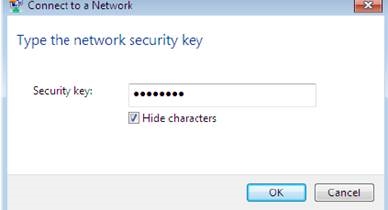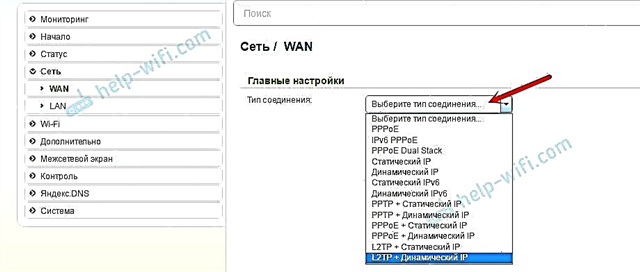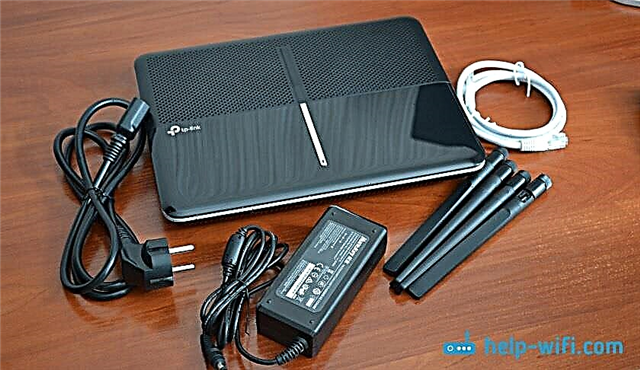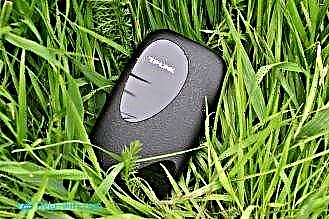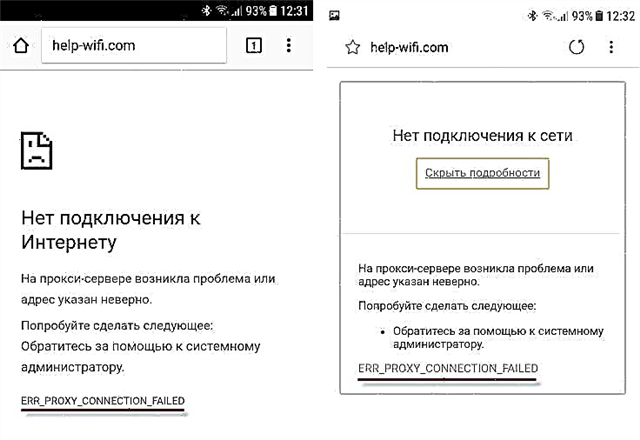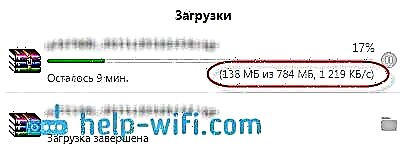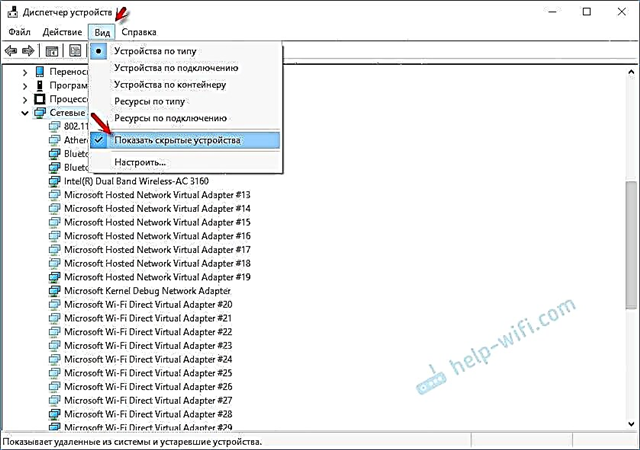Windows Device Manager has a separate Network Adapters section that displays all the network adapters installed on the system. Most often it is a network card (LAN), Wi-Fi adapter (WLAN), Bluetooth devices, and system devices: TAP-Windows Adapter, Microsoft Virtual Wi-Fi, Microsoft Wi-Fi Direct, WAN Miniport, etc.
In this article, I want to talk about these adapters. What are they responsible for and how they work. What network adapters should Windows Device Manager have. How to add and remove them there. Why are network adapters not displayed in the device manager, are not deleted, do not work, do not see Wi-Fi and the Internet. In the same device manager, these adapters are often displayed with errors. For example, "code 31". It happens that an exclamation mark, an arrow is displayed near the adapter, or the icon itself is transparent. This means that this device has errors, does not work properly, or is disabled.
My "Network adapters" section in Device Manager looks like this (in Windows 10):
This is on a laptop, in which, in addition to a network card, Wi-Fi and a Bluetooth module are connected. On a regular personal computer, for example, or on a laptop where the drivers for Wi-Fi and Bluetooth are not installed in this section, one adapter can be displayed in general - a network card (I have this Realtek PCIe GBE Family Controller). Since Windows almost always automatically installs the driver on the network card. And it is in almost every system unit and laptop. Although, there are already many laptops without a network card.
Depending on the device (PC, laptop, tablet), hardware installed in it, drivers, settings, etc., the number of network adapters and their names may differ - this is normal. For example: one laptop has a Wi-Fi module (the board itself) Qualcomm Atheros, and another Intel.
Related article: why is there no network adapter in device manager.
Let's take a closer look at each adapter and figure out what it is for and how it works. I will consider the example of adapters in my laptop.
- The Realtek PCIe GBE Family Controller is a network card (LAN) from the manufacturer Realtek (in my case). It is needed to connect to the Internet using a network cable that plugs into an Ethernet port on a laptop or PC. Its name usually contains the words "PCI-E", or "Ethernet". The most popular manufacturers of these controllers are Realtek, Qualcomm Atheros, Intel. If this adapter is not in Device Manager, then it is either not installed (or broken), or the driver is not installed. Read more about this here: what driver is needed for a network card (Ethernet controller).
- Intel (R) Dual Band Wireless-AC 3160 is a Wi-Fi adapter. Through it we connect to Wi-Fi networks. On laptops, it is usually built-in. And on a PC, you have to buy and connect a USB or PCI adapter. If you have a stationary computer, then see the article on how to choose a Wi-Fi adapter for your PC. The words by which you can identify the Wi-Fi adapter: "WLAN", "Wireless", "AC", "Dual Band", "802.11". Manufacturers can be different: Intel, Atheros, Broadcom. If you do not have such an adapter in the device manager, then it is not connected / the driver is broken / not installed. Very often a problem with the drivers. Therefore, you may find the article useful: how to install drivers on a Wi-Fi adapter in Windows 7.
- Bluetooth Device (personal area network) - these adapters are not responsible for the operation of Bluetooth, but for organizing a local network via Bluetooth, through different protocols. There may be several of them. If there are no such adapters, then you do not have a Bluetooth adapter connected, it is not configured, or you have not configured such a network. May come in handy: how to turn on Bluetooth on a laptop.
- TAP-Windows Adapter V9 is a Windows virtual network adapter. It can be used for different tasks. Very often, it lies around after setting up a VPN, installing programs that change network settings.
- WAN Miniport are system adapters that Windows needs to connect to the Internet through different protocols (PPTP, PPPoE, L2TP, etc.).
See screenshot:

It can also display "Virtual Wi-Fi Direct adapter (Microsoft)", "Virtual adapter for hosted network (Microsoft)", "Network adapter with kernel debugging (Microsoft)". These are all system adapters that are needed for certain functions to work. Most often, this is the function of distributing Wi-Fi via the command line, or mobile hotspots in Windows 10.
How do I manage network adapters in Windows?
You can click on "View" and check the box next to "Show hidden devices". After that, all disabled adapters that were previously connected and configured will appear.

If the icon near the adapter is not bright, but transparent, then it is disabled and cannot be used. If there is an arrow-shaped icon next to the icon, it means that the adapter is simply turned off. For it to start working, we need to enable it (Turn on device).

There may also be a yellow exclamation mark next to the adapter. This means that the adapter is not working properly. Right-click on it and select Properties. It will display "Device Status". There may be an error message and an error code by which a solution can be found.

By right-clicking on the adapter, you can update its driver, disable it, or remove it from the system. And also open the properties (as I showed above) and change the necessary parameters on the corresponding tabs.

I think that it makes no sense to consider all the properties and parameters of each adapter, and of course they will be different.
The device manager displays both physical adapters (network card, Wi-Fi module / adapter), as well as virtual adapters and other components that Windows needs to run various functions.
You can open the options for each adapter, disable it, uninstall, update the driver, view the status, errors, etc. This is what I wanted to show in this article. If you still have any questions, then ask them in the comments.

